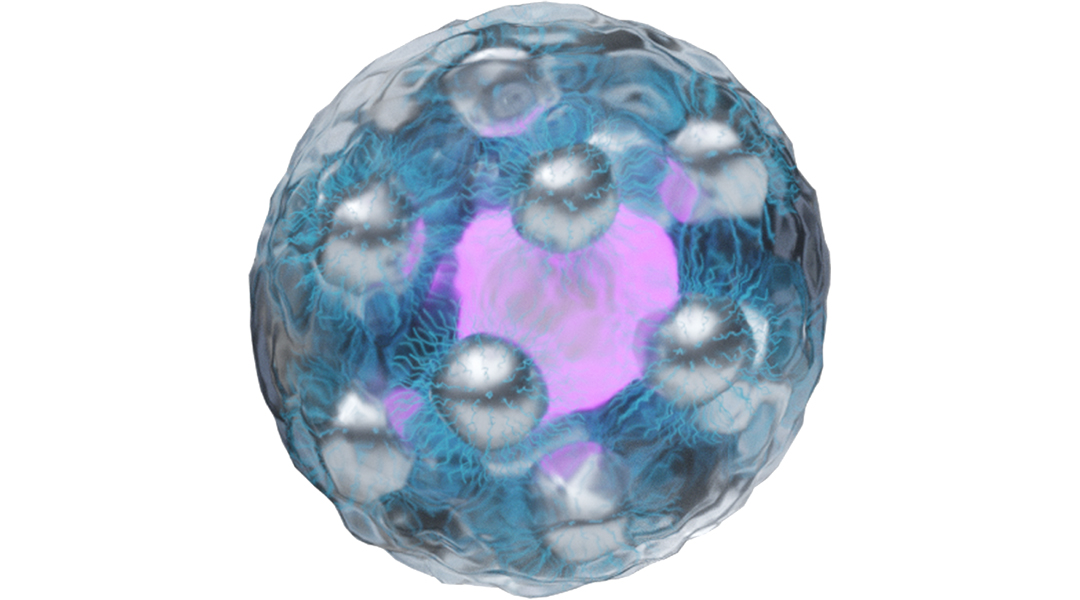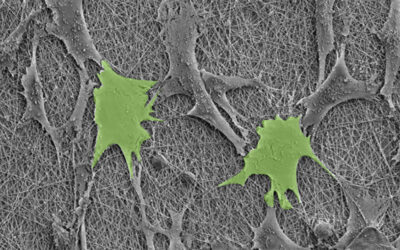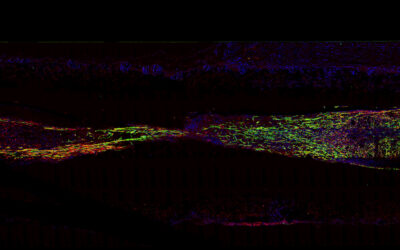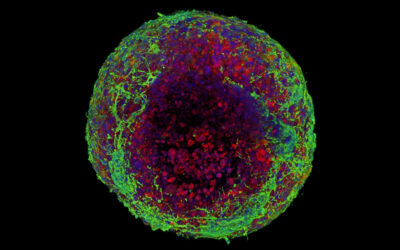Iron oxide nanoparticles are incorporated into stem cells to create Cellbots
Korean researchers have devised a way to remotely direct stem cells to specific areas of the brain to promote neural tissue regeneration. They loaded iron oxide nanoparticles into the cells, which are then guided to the target site by an external magnetic source.
The research team, co-led by Professor Hongsoo Choi and Professor Sung Won Kim, report in Advanced Healthcare Materials that incorporating nanoparticles did not interfere with the viability or function of these stem cells, including their ability to differentiate into neurons.
Named Cellbots, the nanoparticle-containing stem cells were created using human stem cells harvested from the folds of tissue inside the nose — nasal turbinates — that are usually discarded after surgical procedures to alleviate nasal obstructions.
“Considering the frequency of this type of surgery, sufficient amounts of stem cells could be obtained for clinical trials. Characteristics of stem cells derived from nasal turbinate — including proliferative and differentiation potential, and immunophenotype — are not affected by passage number or the donor’s age, whereas other types of stem cells can be,” said Choi.
Cellbots are delivered into the brain via the nasal passage. Intranasal administration is less invasive and risky than other routes including intracerebral injections. While cells and other molecules delivered via the blood supply are typically blocked from reaching the brain by the blood-brain barrier, therapeutics administered intranasally bypass this barricade to reach the brain.

“The blood-brain barrier serves to protect the brain, but interferes with the drug delivery to the brain for the treatment of various brain diseases,” explained Choi. “In this study, we developed an active delivery method that precisely targets lesions in the brain, and demonstrate that sufficient numbers of stem cells can be transported into the targeted region.”
To first demonstrate their control over the movement of Cellbots using an external rotating magnetic field, the researchers maneuvered them through a complex obstacle course designed in a microfluidic chamber. In a mouse model, once in the brain tissue, the researchers remotely navigated the Cellbots to specific neural sites.
The authors envisage that this minimally invasive delivery of therapeutic agents via the nasal passage into the brain would not be limited to of stem cell therapies. This application could also be suitable for targeted drug delivery to optimize local concentration of drugs and minimize off-target effects on other tissues.
Reference: Sungwoong Jeon, et al., A Magnetically Powered Stem Cell-Based Microrobot for Minimally Invasive Stem Cell Delivery via the Intranasal Pathway in a Mouse Brain, Advanced Healthcare Materials (2021). DOI: 10.1002/adhm.202100801

















